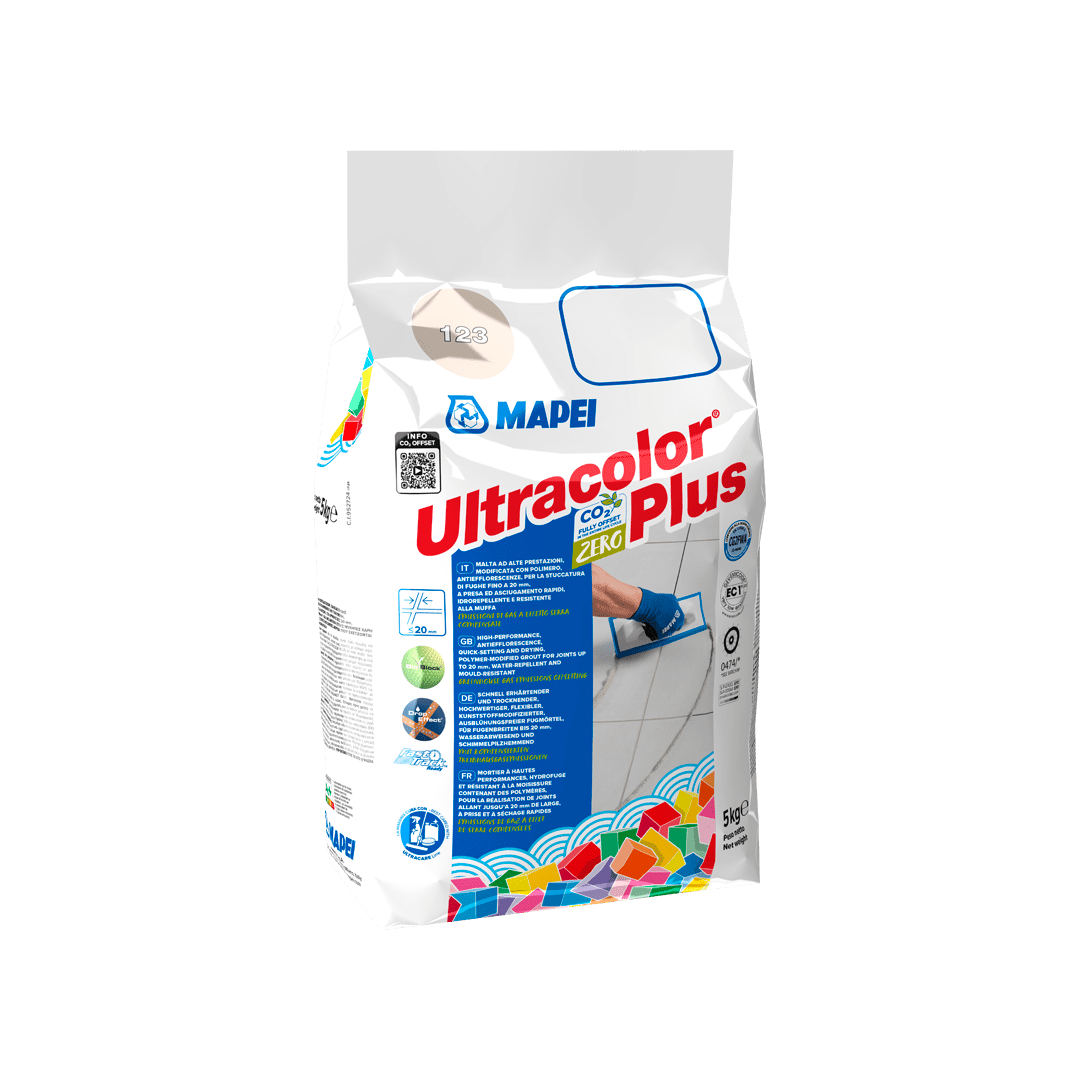

Projects
/
11/15/2024
A fabulous mosaic at the entrance to the Royal Museum of Fine Arts in Antwerp
The "most beautiful mosaic in Belgium", installed with a Mapei system, welcomes visitors to one of the most important museums in central Europe
At the entrance of the Royal Museum of Fine Arts in Antwerp lies a mosaic hailed as "the most beautiful in Belgium." Created by artist Marie Zolamian and installed by Mosaico di Due using Mapei adhesives and grouts, this work celebrates Flemish art and the museum’s rich history.
Seven centuries of art, from the Flemish Primitives to the Expressionists, and works by world-famous artists such as Titian, Rubens, van Dyck, Jules Breton, Rik Wouters, James Ensor and Antonello da Messina. All this within a neoclassical-style structure whose architectural lines emphasize its role as a cultural institution.
This is the KMSKA, or the Royal Museum of Fine Arts in Antwerp, which today welcomes its visitors with an exceptional “doormat”: a work that has been called “the most beautiful mosaic in the country”.
In 2018, during the renovation of the museum, a new stone floor was laid in front of the entrance, in the area accessed by the external stairs.
It was not possible to recover the existing floors and it was decided to create new ones, designed by Marie Zolamian, a Belgian artist of Lebanese origin. Zolamian was inspired by the museum's collections to devise the motifs for the work and opted for a large mosaic (75 m²) consisting of hand-cut stone elements.
The realisation of the work was entrusted to Mosaico di Due, a mosaic installation company run by Gino Tondat and Sarah Landtmeters, two highly experienced and skilled mosaicists whose work is inspired by Ghirlandaio's words “Mosaic is the true painting of eternity”.
The right products for a “good connection”
The execution of the mosaic took almost three years. The first phase involved reproducing the initial design to full scale. Then a proper and careful selection of marble and other stone materials was made before identifying the most suitable cutting techniques to achieve the artist's desired effect.
The choice fell on over 60 different types of Brazilian marble and granite, Indian onyx and Murano glass. Finally, it was time to install the various elements of the mosaic on cementitious screeds with materials able to guarantee the durability of the work and proper mechanical strength for a floor destined to be walked on by half a million people a year.
Like many expert installers, the owners of Mosaico di Due have been using Mapei products for their projects for years and are well aware of their advantages in terms of performance and workability. "Just like the paint on a painting needs a good support, mosaics and their substrates also need a good connection," said Gino Tondat.

Mosaico Due installers used KERABOND T high-performance adhesive (Mixed with ISOLASTIC latex additive) to bond the mosaic tiles.
To install the mosaic, they chose an adhesive system that involved the use of KERABOND T adhesive, a cementitious adhesive with no vertical slip, classified as C1T according to European standard EN 12004, and ISOLASTIC elasticising latex instead of water to improve its properties. The adhesive system ensured high deformability, strength and perfect adhesion of the stone elements to the substrate. As Tondat stated, “This system even makes it possible to bond glass to glass”.
In fact, KERABOND T is a grey or white powder composed of cement, synthetic resins and special admixtures which, when mixed with water, is transformed into a mortar of high workability and high thixotropy that allows it to be laid vertically, even without the use of crosses, without sagging and without allowing tiles to slip. KERABOND T hardens without noticeable shrinkage to become extremely resistant, adhering perfectly to all the conventional materials used in construction.
If this adhesive is mixed with ISOLASTIC, its characteristics improve to meet the requirements of class C2ES2 (highly deformable, improved cementitious adhesive with extended open time) according to EN 12004 standard.

Using the Mapei adhesive system allowed the installation work to be safely and rapidly completed.
Quick and safe grouting of joints with ULTRACOLOR PLUS
The installation works lasted about ten days and were followed by grouting the joints with ULTRACOLOR PLUS, a cementitious mortar that ensured quick setting and drying and, consequently, faster completion of the works. This mortar was also chosen for the wide range of colours available, which made it possible to perfectly harmonise the colour shade of the joints with the colour of the mosaic elements. In addition, this product makes the joints surfaces easier to clean thanks to BioBlock technology and mould-resistant thanks to DropEffect technology.
At the end of the grouting operations, the entire mosaic surface was impregnated with linseed oil soap to achieve a “soft” effect reminiscent of ancient mosaics.

The joints of the mosaic tiles were grouted with ULTRACOLOR PLUS , quick-setting and drying cementitious mortar.
Mosaico Due
Mosaico di Due is a Belgian installation company specialising in the restoration and creation of mosaic artworks managed by Gino Tondat and Sarah Landtmetersest. Born in Eeklo (Belgium) to a Flemish mother and an Italian father, Gino Tondat moved to Italy at the age of 13 to study at the Scuola mosaicisti del Friuli, an internationally renowned academy in the province of Pordenone. Four years later he graduated and became the youngest “Maestro di Mosaico” in history. Sarah Landtmeters attended the 7-year course of the Mosaic A. The two have been working together in the mosaic art and mosaic field for 17 years. Together, they run the company Mosaico di Due, which literally translates as "Mosaic of two".

Using Mapei adhesives and grouts allow to install a mosaic artwork made up of 60 different types of Brazilian marble and granite.
The figures
- 76 m² total surface area
- 3 tonnes: weight
- 60 varieties of stone material
- 480 000 mosaic tiles
- 6000 working hours












